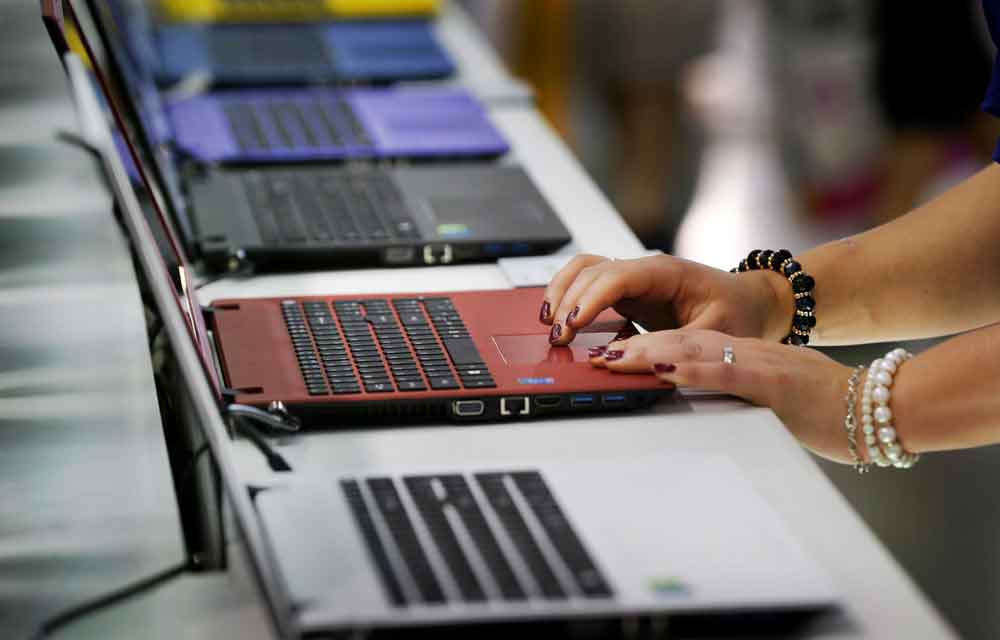Choosing a laptop based on the price tag: how bad can a cheap laptop be... right?
“...I just need a cheap laptop...” Is a recurrent thought of most shoppers on a budget, with little knowledge of what they see on the shelf of any big box store.
While “convenience” might sound like an attractive word, in a department store where one week’s grocery often shares a shopping cart with tablets, and 5.1 surround sound speakers, the perceived value of “convenience” tends to misguide a shopper in a hurry to get through the checkout counter.

The final result is often a buyer’s remorse that sets in often too late, as we get the chance to compare what we have bought, and get a sense of why $100, or $200 more would have made a difference. With that said, it’s not about the price.
The savvy shopper understands two metrics relative to the laptop they are going to purchase: one being the the ability of the device to pay for itself, and the other being the resale value.
Different laptops are built with different users in mind, and purchasing a laptop simply because it’s cheap can lead to disappointment.
The family laptop
Purchasing a laptop to be shared with the family, is becoming more common, as laptops become more powerful, to a point where they are capable of matching the performance and reliability of desktop systems, within certain parameters.
A family laptop isn’t necessarily a powerhouse, but it has to meet certain requirements, such as speed, storage capability, and graphic hardware. The family laptop is the one device that everyone relies on at home, when all else fails, and it’s often a device that stays plugged into an outlet the most, compared to every other computing device in the household.
With that in mind, the minimum requirements for a family laptop, should be mid-range at the very least, starting with a 2.0GHz Intel Core CPU, 4GB of RAM, and a decently sized SSD, at least 512GB and above.
The work laptop
Purchasing a laptop to be used in the workplace takes into consideration both hardware and the operating system. If the workplace is mostly Mac based, a MacBook is definitely recommended, to be able to take advantage of productivity and sharing tools, like AirDrop, and other collaborative apps that may not be available on a Windows PC.
While in most cases a MacBook Air will do, there may be instances in which it’s necessary to handle a heavier workload. Whether a MAcBook Air or a MacBook Pro is the final choice, it’s also important to think about the resale value of the laptop later on. By this token, while the smallest available size for an SSD on a MacBook is 256GB, getting such a small drive will instantly kill the resale value of the device. 512GB and above is a much more sound investment.
If the work environment is mostly Windows based, a Windows 10 laptop with at least 2.5GHz and 6GB or RAM, as well as a 500GB SSD is highly recommended.
The student laptop
A laptop for school has to be flexible to a fault, and durable, as well as fast. A faster laptop allows to spend less time rebooting, or bringing the laptop back from hibernation between classes. A touch screen helps, however it depends on the requirements of the course. Touchscreen laptops and tablet PCs like the Surface Pro 4 may be more useful in arts and graphic design classes, as well as most multimedia courses. Clamshell laptops, like the MacBook Pro, or even hybrid options like the Surface Book, may be more ideal for classes that involve tasks like research, and calculations.